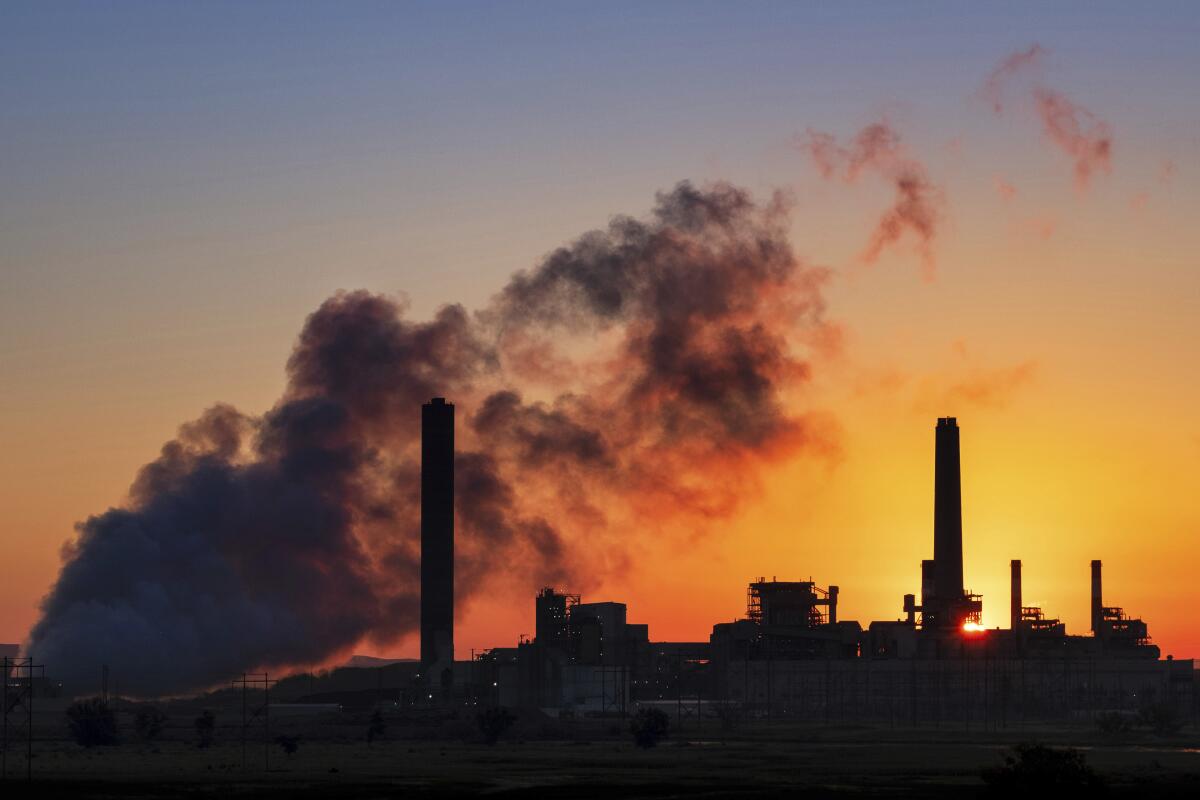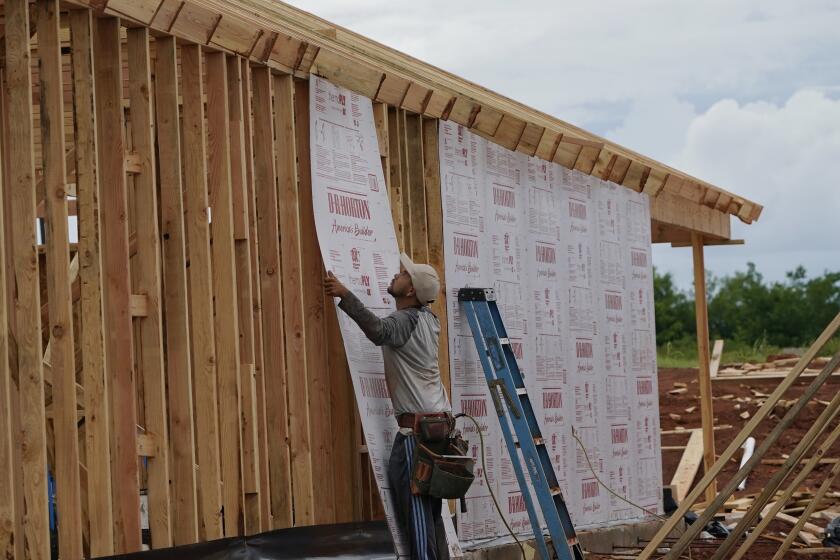Greta Thunberg: How should global leaders use trillions of dollars to combat climate change?

- Share via
We cannot just buy, invest or build our way out of the climate and environmental crisis. Nevertheless, money is still very much at the heart of the problem. Investment is vital. Financial resources need to be directed to the best available solutions, adaptations and restorations, as much as we can possibly find. But the money seems to be going elsewhere.
The often-used argument that “we don’t have enough money” has been disproven so many times. According to the International Monetary Fund, the production and burning of coal, oil and fossil gas was subsidized by $5.9 trillion in 2020 alone. That is $11 million every minute, earmarked for planetary destruction. During the COVID-19 pandemic, governments around the world launched unprecedented financial rescue packages. These recovery plans were seen as a huge opportunity to set humanity on a brand-new course for a more sustainable economic paradigm. They were called “our last chance to avert a climate disaster,” as the enormous size of the investments would make it impossible for us to undo their consequences in the future if we got that funding even slightly wrong.
However, in June 2021, the International Energy Agency concluded that out of the historic global recovery plan, only a bleak 2% had been invested into green energy, whatever “green” means in this case. In the European Union, for instance, those 2% might well be spent on fossil gas from Vladimir Putin’s Russia or on burning biomass made from clear-cut forests as these activities — along with many others — are at the moment considered green in the brand-new EU taxonomy.
Reducing carbon emissions is not enough. The other challenge is to minimize harm from the fires and floods that can no longer be prevented.
So they did not just get it slightly wrong — our leaders completely failed. And they continue to fail; despite all the beautiful words and pledges, they are not moving in the right direction. In fact, we are still expanding fossil fuel infrastructure all over the world. In many cases, we are even speeding up the process. China is planning to build 43 new coal power plants on top of the 1,000 plants already in operation. In the U.S., approvals for companies to drill for oil and fossil methane gas are on schedule to reach their highest level since the presidency of George W. Bush.
Oil production is soaring all over the globe: new oil fields are being opened, pipelines are being built, new oil licenses are being auctioned and the search for even more production sites is ongoing. Even the use of coal is expanding — the global amount of coal-fired electricity reached an all-time high in 2021. The overall forecast for 2022 tells of further increasing emissions of CO2.
We are two years — one fifth of the way — into what is called “the decisive decade.” For even a small chance of staying in line with the 1.5 degrees Celsius target, our emissions must be in an unprecedented decline. But instead, in 2021, we saw the second-biggest emissions rise ever recorded. And it keeps increasing. A United Nations report from September 2021 states that they are expected to rise by 16% by 2030 compared to 2010 levels. Add to this the fact that at 1.2 degrees Celsius of warming we are already seeing feedbacks that are not fully accounted for in the scientific pathways. According to the European Union’s Copernicus Atmosphere Monitoring Service, global wildfires in 2021 created the equivalent of 6,450 megatons of CO2. That is 148% higher than — way more than double — the total fossil fuel emissions of the entire European Union in 2020.
If the people in power were the least bit honest about their strategies for staying below 1.5 or even 2 degrees Celsius of global average temperature rise, they would be pouring money into projects like the world’s biggest direct air carbon removal plant in Iceland. But there are still only 20 or so small carbon capture and storage plants running worldwide, some of which have been shown to actually emit more CO2 than they capture.
Pressure on state and local governments can sway the policies that will determine our climate’s future.
The carbon removal facility in Iceland has some serious scaling up to do — an effort that would dwarf all other human endeavors of the past. Yet that is clearly not happening, which really makes no sense at all. Why foster the idea that this underdeveloped technology could be a substitute for the immediate, drastic mitigation needed? Why bet our entire civilization on it without making the slightest effort to make it work? Why make the world picture a potential solution so vividly that we include it in every possible future scenario and then fail to invest in it? Could it be that it was never even meant to work at scale? That it was just being used — once again — as a way of deflecting attention and delaying any meaningful climate action so that the fossil fuel companies can continue business as usual and keep on making fantasy amounts of money for just a little while longer?
Either way, it is crystal clear that technology alone will unfortunately not save us. And it is still very much the lobbyists, fighting for the interests of short-term economics, who occupy the driver’s seat in our society. Companies and politicians have done so much to use false solutions to preserve the status quo. But the real answers are right in front of us.
Greta Thunberg is a climate justice activist. This essay was adapted from her forthcoming book, “The Climate Book: The Facts and the Solutions.”
More to Read
A cure for the common opinion
Get thought-provoking perspectives with our weekly newsletter.
You may occasionally receive promotional content from the Los Angeles Times.











